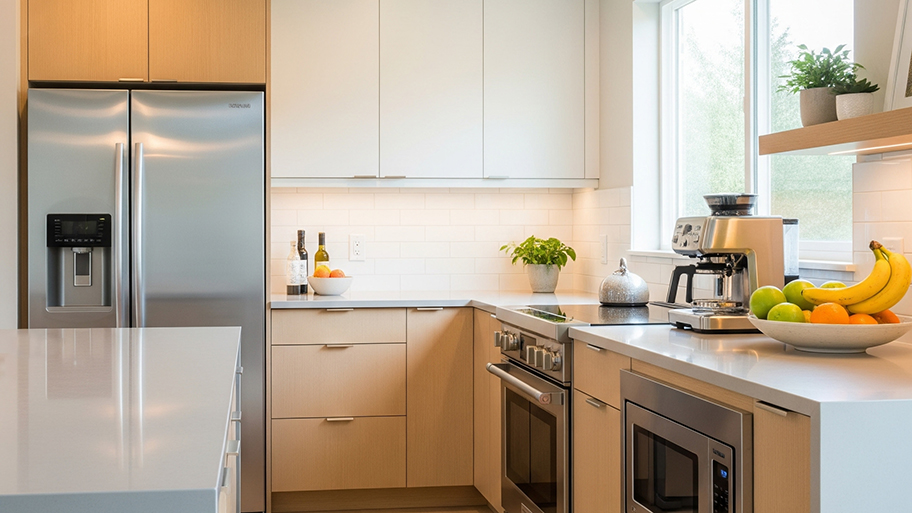
Get matched with top gas log pros in Allendale, SC
Enter your zip and get matched with up to 5 pros
Need a pro for your gas log service project in Allendale, SC?
Find Gas log pros in Allendale
No results for Gas log pro in
Try adjusting your search criteria.The homeowners guide to home care is here
From average costs to expert advice, get all the answers you need to get your job done.

Wondering how much it costs to reroute plumbing? We have the information you need to learn about plumbing vent pipes and cost considerations when installing them.

The cost to install a water line for refrigerators typically falls between $75 and $130 depending on the materials, labor, and equipment. Read on to learn more.

Here's a look at how much you can expect to pay to replumb your mobile home with new pipes that meet all local code requirements and environmental regulations.

P-traps come in various sizes for different types of drains around your home. This guide will show you what size P-trap to use for a bathroom sink.

It’s a big issue when no cold water is coming out of the faucet. Whether it’s a pipe problem or something else, take these steps to identify the cause and get cold water flowing again.

Range hood dripping water? You may have damaged flappers or need more insulation. Find out what’s causing the problem and call the right professional to fix it.
- Varnville, SC Gas log pros
- Ruffin, SC Gas log pros
- Pineland, SC Gas log pros
- New Ellenton, SC Gas log pros
- Walterboro, SC Gas log pros
- Yemassee, SC Gas log pros
- Jackson, SC Gas log pros
- Aiken, SC Gas log pros
- Coosawhatchie, SC Gas log pros
- Ridgeland, SC Gas log pros
- Sheldon, SC Gas log pros
- Waynesboro, GA Gas log pros
- Grover, SC Gas log pros